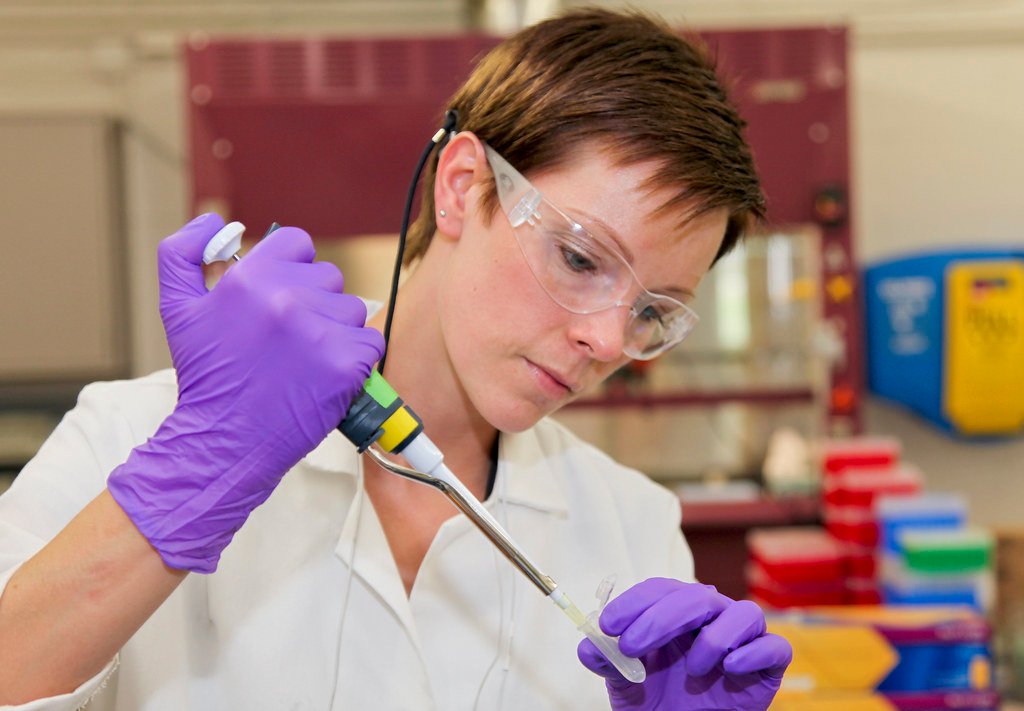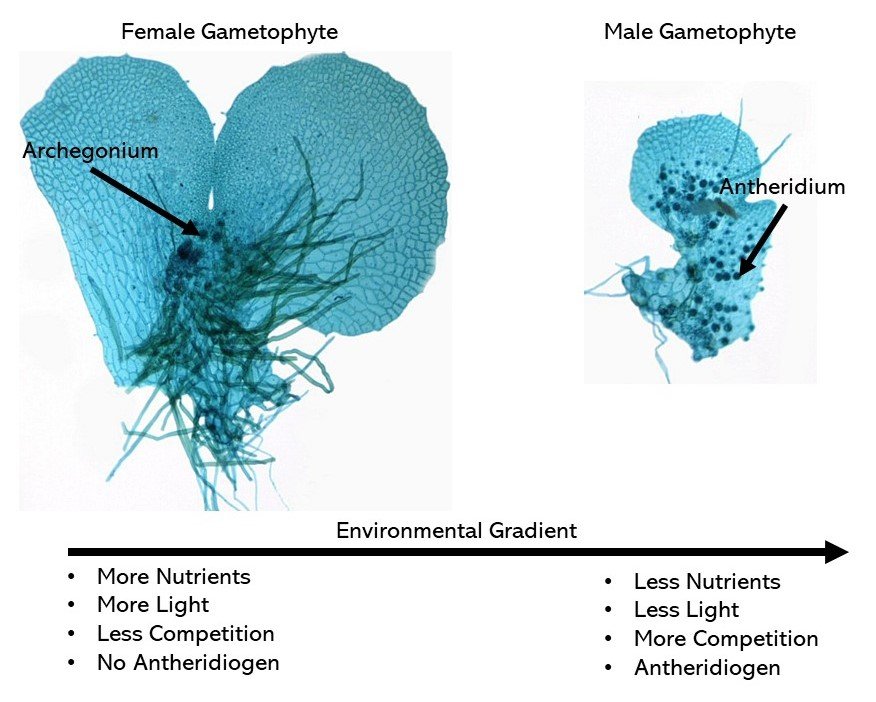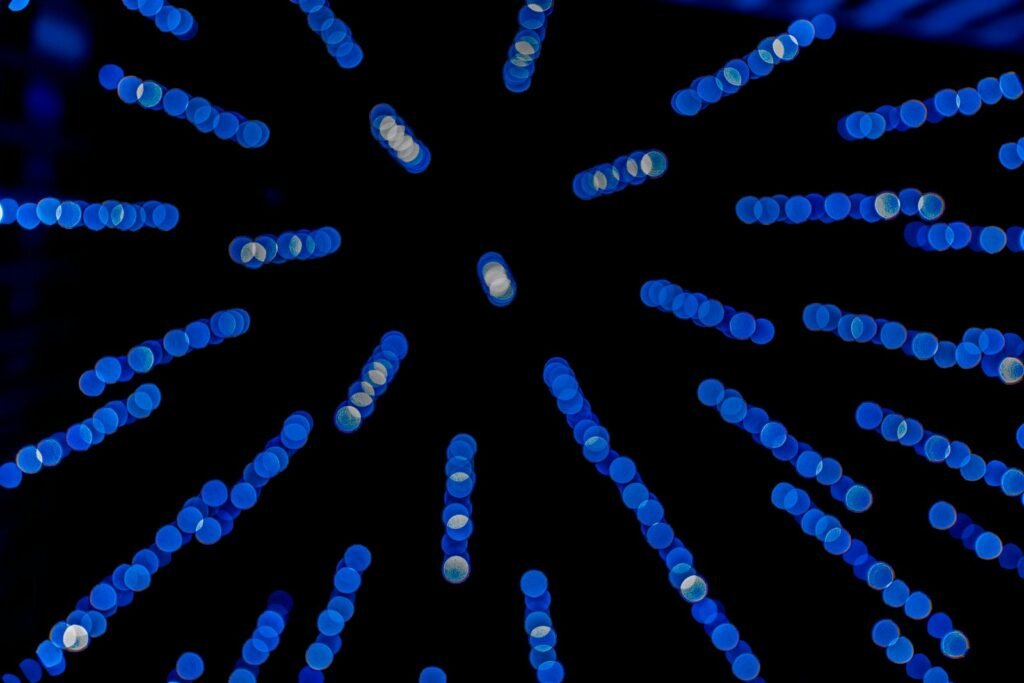When you first learned about human biology, chances are someone told you that girls have XX chromosomes and boys have XY. It seemed simple, straightforward, and final. But what if I told you that this basic rule barely scratches the surface of one of nature’s most fascinating puzzles? The reality of sex determination is far more complex, surprising, and beautiful than most people ever imagine.
The Chromosomal Foundation That Started It All

In the XY sex-determination system, sex is typically determined by a pair of sex chromosomes, with females having two of the same kind (XX) and males having two different kinds (XY). Think of it like a genetic coin toss where the father’s sperm carries either an X or Y chromosome to meet the mother’s X chromosome. In humans, the presence of the Y chromosome is responsible for triggering male development; in the absence of the Y chromosome, the fetus will undergo female development. But here’s where things get interesting – this system isn’t universal across the animal kingdom. The XY system contrasts with the ZW sex-determination system found in birds, some insects, many reptiles, and various other animals, where the heterogametic sex is female. It’s like nature decided to flip the script and try different approaches to the same fundamental question.
When the Y Chromosome Tells a Different Story

Beyond its role in sex determination and fertility, the Y chromosome contains important genes that are critical for the health and survival of males. Scientists have discovered that this chromosome isn’t just a simple male switch – it’s more like a complex toolkit. While studies of the Y chromosome have been challenging due to its palindromic and repeat-rich DNA sequence, recent genomic advances have shown the stability of the Y chromosome over the past 25 million years and revealed some critical functions that suggest it may be here to stay. In males, who only have one X chromosome, the preservation of regulatory genes on the Y chromosome is crucial for providing the second copy needed for normal function. It’s fascinating how evolution has fine-tuned this system over millions of years. These findings have considerable implications for our understanding of differences in biology, health and disease between men and women.
The Surprising World of Sex Chromosome Variations

Eukaryotes exhibit diverse sex chromosomes – mammals have the XX/XY system where males have X and Y chromosomes, while the ZZ/ZW system observed in birds, fish, and some insects typically has males with both ZZ chromosomes, with these systems containing specific factors that trigger male or female differentiation. But nature doesn’t stop there. The U/V system remains less explored and is distinctive in brown algae, where they determine their sexes in their haploid stage with only one copy of their genome, carrying either the male V or female U chromosome. Imagine if humans could determine sex with just half our genetic material! Unlike the XY and ZW systems, both the U and V chromosomes in the UV system are sex determining, with haploid spores having a U or V growing into offspring.
The Hidden Complexity Behind Simple Labels

Determination of biological sex is staggeringly complex, involving not only anatomy but an intricate choreography of genetic and chemical factors that unfolds over time. What seems like a straightforward biological fact is actually an elaborate dance of genes, hormones, and developmental processes. Studies of DSDs have shown that sex is no simple dichotomy, becoming even more complex when scientists examine individual cells, where the assumption that every cell contains the same set of genes is untrue, with some people having mosaicism where they develop from a single fertilized egg but become a patchwork of cells with different genetic make-ups. For example, an embryo that starts off as XY can lose a Y chromosome from a subset of its cells, and if most cells are X, the result is a female with Turner’s syndrome. It’s like having a biological identity crisis happening at the cellular level.
Disorders of Sex Development: Redefining Normal

Disorders of sex development (DSDs), also known as differences in sex development, are congenital conditions affecting the reproductive system, in which development of chromosomal, gonadal, or anatomical sex is atypical. While each specific I/DSD condition is individually rare, together they are estimated to affect about 0.7-1.7% of people worldwide. Think about it – that means in a school of 1,000 students, roughly 7 to 17 might have some form of intersex condition. “Disorders of sexual development” encompasses nearly 60 different conditions, with some of the most common including Androgen insensitivity syndrome (AIS), Congenital adrenal hyperplasia (CAH), Kallman syndrome, and Klinefelter syndrome. Over 10% of individuals with I/DSD traits exhibit comorbidities affecting other bodily systems, suggesting a broader, systemic impact of these conditions.
The Molecular Switches That Control Development

SRY is a sex-determining gene on the Y chromosome that acts as a signal to set the developmental pathway towards maleness, with its presence starting off the process of virilization and resulting in sex differences in humans. But this is just one player in a complex orchestra. The discovery of genes that actively promote ovarian development and suppress the testicular programme, such as WNT4, has revealed a complex process of sex determination where the identity of the gonad emerges from a contest between two opposing networks of gene activity. It is thought that SRY (directly or indirectly) activates the SF1 gene, and the SF1 protein then activates both components of the male sexual differentiation pathway. It’s like having competing teams in your cells, each trying to push development in their direction.
When Genetics and Appearance Don’t Match

Girls born with XY chromosomes are genetically boys but for a variety of reasons – mutations in genes that determine sexual development – the male characteristics are never expressed, with some even able to give birth, and research shows this group is up to 50% larger than previously assumed. It is very upsetting for people who have grown up believing they are of a particular sex to suddenly discover they are actually of the opposite sex – this can be a relief but also a loss, coming as a shock that upends their whole identity and can take years to cope with. Women with gonadal dysgenesis have a mutation in the SRY gene that normally results in testicle development, but in its absence, female sexual organs develop instead, and with appropriate hormone treatment these women can actually become pregnant and give birth.
The Environmental Wild Card: Temperature-Dependent Sex

Temperature-dependent sex determination (TSD) is a type of environmental sex determination where temperatures experienced during embryonic development determine the sex of offspring, observed in reptiles and teleost fish, differing from chromosomal sex-determination systems and representing the most studied type of environmental sex determination. In crocodilians, females are commonly produced at high and low temperatures while males predominantly hatch at intermediate levels, with variations between species but patterns applying to all crocodilians, and researchers have proven this occurs not only in artificial incubation but also naturally, with clutches having different sex ratios depending on egg location within the nest and environmental temperature. It’s nature’s own thermostat for sex determination! All crocodilians, most turtles, many fish, and some lizards exhibit TSD.
The Hormone Highway: How Chemistry Shapes Sex

Unlike the situation in mammals, sex determination in reptiles (and birds) is hormone-dependent, with estrogen being essential for ovarian development and able to override temperature to induce ovarian differentiation even at masculinizing temperatures. The enzyme aromatase (which converts testosterone into estrogen) is important in temperature-dependent sex determination, with experimentally low aromatase conditions yielding male offspring, and aromatase activity of turtles being very low at male-promoting temperatures but increasing dramatically at female-promoting temperatures during the critical period. The importance of 5α-dihydrotestosterone was demonstrated in the Dominican Republic where individuals with genetic deficiency of the enzyme that converts testosterone to dihydrotestosterone appear to be girls but have male internal anatomy, showing that external genitalia formation is controlled by dihydrotestosterone while internal duct differentiation is controlled by testosterone itself.
The Evolutionary Puzzle of Sex Determination Systems

Recent work has shown that even in the stable XY system of mammals, genes can move from the Y chromosome to autosomes, permitting Y chromosome loss without fitness costs and resulting in XO sex chromosomes, while sex chromosomes can also be lost if sex-determining loci no longer determine sex, with transitions shown to occur in as little as one generation in bearded dragons. Vertebrates exhibit diverse sex determination systems with reptiles having highly variable determinations including temperature-dependent and genotypic sex determination, and theory predicts populations in variable or cold climates should evolve genotypic sex determination, yet phylogenetic analyses show GSD and TSD face the same climatic fluctuation levels, though TSD reptiles are significantly associated with warmer climates. Evolution seems to be constantly experimenting with different approaches to the same fundamental challenge.
Climate Change: A New Challenge for Ancient Systems

The sex determination of crocodilians is a perfect example of how complex mechanisms drive evolutionary adaptation and why dramatic environmental changes endanger animals who survived millions of years on this earth. TSD allows for flexibility in adjusting sex ratios in response to environmental conditions, and over the lifespan of long-lived species like crocodilians, fluctuating environmental conditions can lead to varying sex ratios in different cohorts. But climate change is throwing a wrench into this ancient system. Climate change is a real and menacing risk for crocodilian species worldwide, and while crocodilians primarily depend on TSD with mechanisms encoded in their DNA, they don’t have an alternative genetic system to override TSD if environmental conditions fail to produce balanced sex ratios. It’s like having a perfectly tuned instrument suddenly forced to play in a completely different key.
The Molecular Choreography of Sex Determination

Recent investigations suggest the cellular sensor responsible for initiating environmental sex determination involves a balance between redox regulation and calcium signaling, with alterations in intracellular calcium levels and elevated reactive oxygen species due to high temperatures modifying cellular states and initiating signaling cascades that lead to differential expression of sex-specific genes, ultimately determining organism sex. Researchers identified a sex-specific region in the male V chromosome of brown algae containing a gene encoding an HMG-box protein named MIN (Male Inducer), with the HMG-box being a DNA-binding domain universally present across eukaryotes in sex-determining factors, though tools couldn’t initially prove whether MIN triggers the male developmental pathway. It’s incredible how life has evolved so many different molecular mechanisms to answer the same basic question: male or female?
When Chromosomes Tell Conflicting Stories

A clinical geneticist described a 46-year-old pregnant woman who learned through genetic testing that her body was built of cells from two individuals, probably from twin embryos that merged in her mother’s womb, with one set carrying two X chromosomes and the other having an X and Y – meaning a large part of her body was chromosomally male. According to the simple scenario, Y chromosome presence determines maleness, but doctors have long known that some people straddle the boundary with sex chromosomes saying one thing while gonads or sexual anatomy say another, leading to difficult decisions for parents of children with intersex conditions, with some researchers saying as many as 1 person in 100 has some form of DSD. These cases shatter our simple understanding of biological sex and reveal just how wonderfully complex human biology really is.
The Future of Sex Determination Research

Findings underscore the need to reconceptualize I/DSD not merely as isolated conditions but as a continuum of traits with significant overlap across various genetic disorders, which is crucial for enhancing understanding of I/DSD traits and their broader health implications, highlighting the necessity for specialists like clinical geneticists to be well-versed in diverse presentations of I/DSD conditions. Scientists are still working to understand the evolution of TSD and the implications of climate change for species that exhibit this mechanism of sex determination, with the consequences of TSD on fitness largely unknown. Scientists have taken an important step forward in understanding the human genome by fully deciphering the enigmatic Y chromosome present in males, an achievement that could help guide research on infertility in men. Each discovery opens new doors and reveals even more questions about this fundamental aspect of life.
The Terminology Debate: Language Matters

The term “disorders of sex development” has generally been accepted by the medical community and is popular in academic literature, though it’s not universal among patients or support groups, with one study showing it can affect individuals negatively and impact healthcare choices, while another found most affected individuals didn’t find the term offensive. Sociological research in Australia found that only 3% of respondents used “disorders of sex development” to define their sex characteristics while 21% used it when accessing medical services, compared to 60% who used “intersex” in some form to self-describe, with U.S. research suggesting the terminology may negatively affect care and result in lower clinic attendance. Some people with DSDs prefer the term “differentiation” rather than “disorder,” emphasizing that having a DSD doesn’t mean there’s something “wrong” – it just means you developed differently from peers, with most people living normal lives with proper diagnosis and treatment.
Beyond Binary: Embracing Biological Diversity

Humans are socially conditioned to view sex and gender as binary attributes, being definitively labeled “boy” or “girl” from birth or even before, yet science points to a much more ambiguous reality. Differences in sex development (DSD) is a group of rare conditions involving genes, hormones and reproductive organs, meaning a person’s sex development is different to most others, with various terms used including Disorders of Sex Development, Variations in Sex Characteristics, Diverse Sex Development, or simply intersex. When genetics is taken into consideration, the boundary between the sexes becomes even blurrier. Rather than seeing these variations as problems to be fixed, perhaps we should view them as beautiful examples of the incredible diversity of life. Intersex traits or Differences of Sex Development represent a complex and diverse group of conditions that challenge traditional binary notions of sex and gender.
The Medical and Social Implications

In most cases today, clinicians can promptly make accurate diagnoses and counsel parents on therapeutic options, though the paradigm of early gender assignment has been challenged by research showing that gender identity development likely begins in utero and may not match chromosomal or phenotypic sex, with the growing understanding of psychological and social implications shifting away




